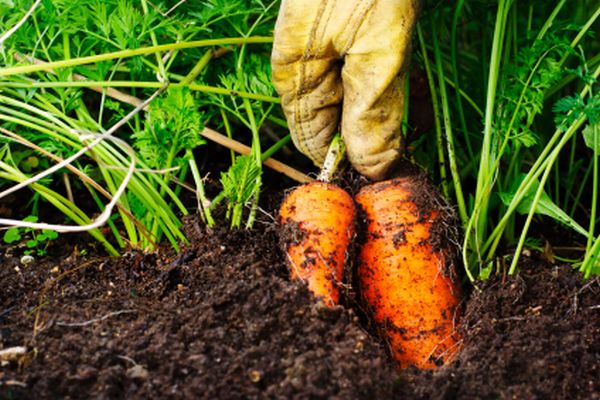Eco-Friendly DIY Fertilizers
Try these easy, green alternatives to chemical fertilizers that will nourish your garden
Feed your garden with one of these six earth-friendly options.
Coffee Grounds
Coffee grounds are a thrifty source of nitrogen as well as smaller percentages of potassium and phosphorus (in that order). And the best part…slugs hate coffee. Sprinkle some around their favorite plants to keep those slimeballs away.
The trouble with coffee is that it is slightly acidic. Adding a sprinkle straight onto the soil around most edible crops is generally okay now and again, but heavy coffee drinkers should save direct application for acid-loving plants like blueberries. Better yet, compost large quantities first and it will be ready to use all over the garden without burning sensitive plants and seedlings.
Crustacean Shells (shrimp, crab, lobster)
Chop up the inedible shells from tonight’s dinner and drop them into a 2-foot hole dug in the garden. The shells will compost in a matter of weeks, adding nitrogen, phosphorus, and lime (alkaline) to the soil on site. Mark the spot and dig up the compost in a month or so if you want to spread the goodness around.
Poultry Manure
It smells awful, but chickens make excellent, super-nutrient-rich fertilizer as they soil their bedding. If you’re keeping your own chickens, you can’t let all of that good stuff go to waste. Put it in the compost bin, bedding and all, for at least 6 months first, because fresh manure is super high in nitrogen and can burn plants.
Comfrey Tea
Comfrey (Symphytum officinale) is a doggedly invasive plant that also happens to be chockablock full of phosphorus, potassium, magnesium, and trace minerals and vitamins. You can benefit from its persistence in the garden by turning it into a rich fertilizer tea and feeding all that goodness to the plants that need it. Brew up a batch by mixing 1 part comfrey leaves in a bucket with 2 parts water. Set it in the sun for a day or two to brew, then strain it. Compost the remaining parts and use the liquid as a fertilizer. Dilute it down with water by half or more to use as a foliar spray.
Fish Scraps
Deeply bury uncooked fish heads, guts, and tails in the garden bed where they will break down into the soil, providing lots of nitrogen, trace minerals, and a bit of calcium. Dig holes about 2 feet deep to keep curious critters from nosing around. If you grow in rows, try burying fish parts in between the rows or near nitrogen-loving plants like tomatoes and corn.
Worm Poo Tea
Vermicompost is a great, well-balanced addition to the garden and even better when applied as a liquid foliar feed. If you’re keeping a worm bin, there’s no reason to buy the store-bought stuff! Steep a couple of tablespoons of worm casting, straight out of the bin, in 4 liters of warm water for about 24 hours and strain it into a spray bottle. If you like, you can even prepackage the castings in paper or muslin filters.
